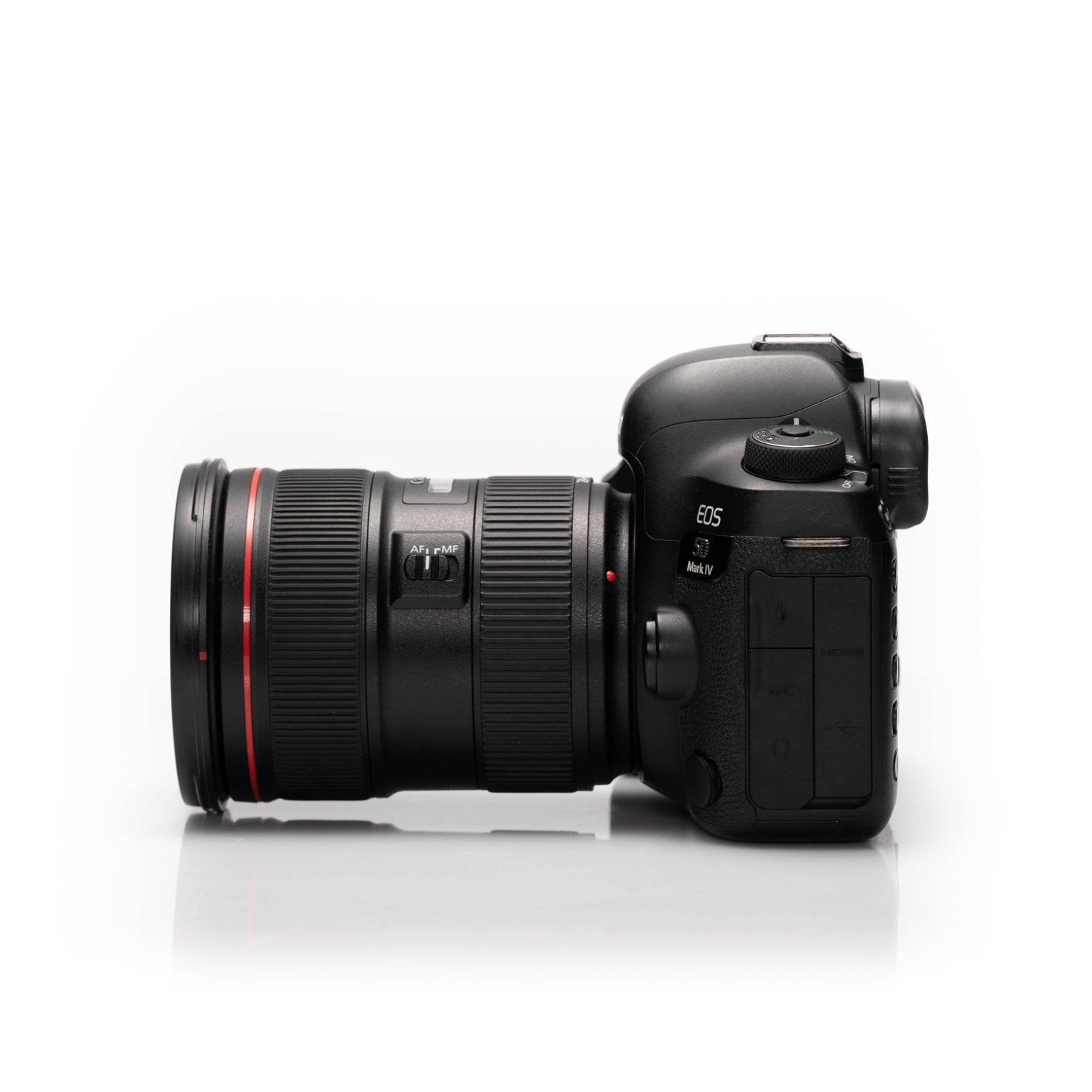Cameras — Hire & Rental
Conveniently located in Melbourne, discover the ideal camera fit for your purpose with our expert guidance. With camera hire and camera rent options, we ensure you capture moments with the perfect equipment.
Frequently Asked Questions
-
Cameras come with a variety of features suited for different applications. If you’re shooting sports, you probably need a high performance camera that can keep up with shooting at 20 frames per second. However, if you’re shooting a commercial job and your client needs photos and video, you’ll be better off using a hybrid camera which has a balance of features for both photography and video. Think about what your project’s requirements are and we can help you decide.
-
A mirrorless camera is the newest generation of camera system where the manufactures have removed the mirror component from a traditional DSLR camera, which is where the name “Mirrorless” comes from. Removing the mirror makes the camera lighter and smaller, but it also means that the cameras use a different lens mount and different lenses, but most camera manufacturers have a lens adapter available.
-
The defining difference between these sensors is the sensor size. A full-frame sensor is the standard sensor size and is based on the size of 35mm film. An APS-C sensor is 1.6x smaller than a full frame sensor, and a Micro Four Thirds sensor is 2.0x smaller.
The relationship between the lens and your sensor is important to note, too. When we point a camera at a scene, the light transmits through the lens and projects an image circle on our sensor. The size of the image circle is designed specifically for a sensor size, for instance, a Canon EF lens will produce the appropriate image circle to cover a Canon EOS Full Frame sensor (EF). The same is true for a lens designed for an APS-C camera, such as an EF-S lens with a Canon EOS 600D. You will find that an EF lens and an EF-S will use the same lens mount but if you put the EF-S lens on a full frame camera, you will see the edge of the image circle in the photograph, also known as Vignetting.

















